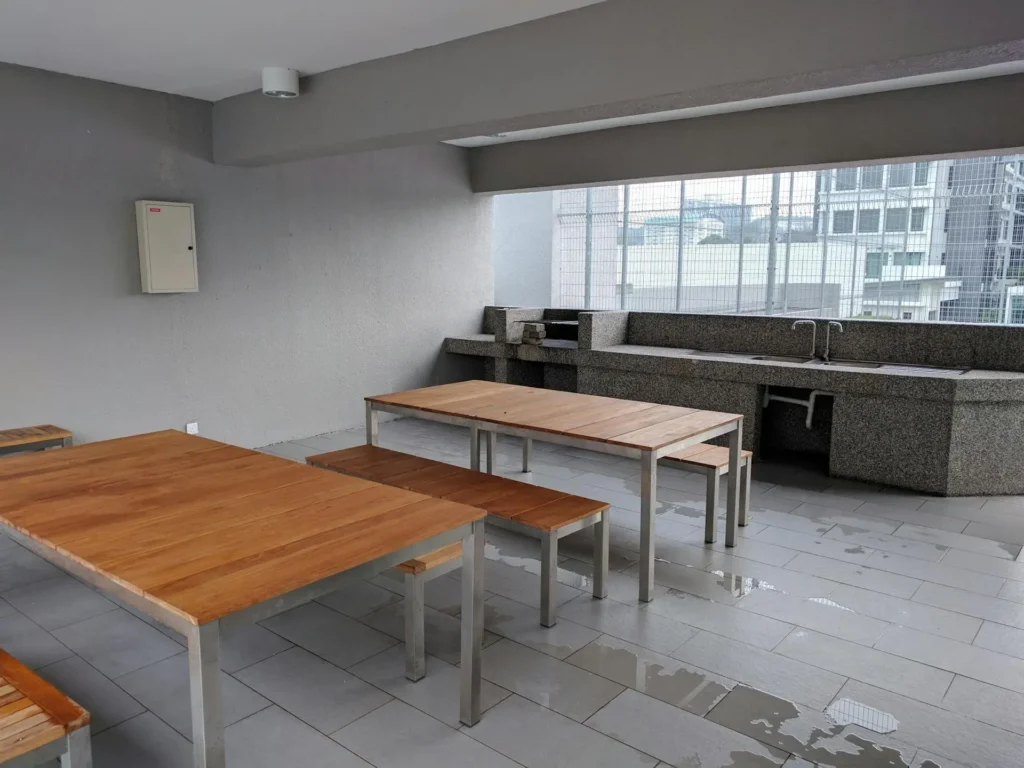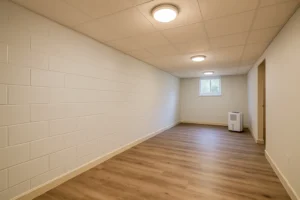What Is Water Mitigation?
Water mitigation is the first step in addressing water damage. It focuses on reducing and preventing further damage after water intrusion.
In simple terms, water mitigation means stopping the water problem from getting worse. It does not involve repairing or rebuilding, which comes later during restoration.
Key Goals of Water Mitigation:
- Remove standing water quickly
- Dry out wet areas with special equipment
- Protect undamaged parts of the property
- Prevent mold growth and structural damage
- Stabilize the property for future repairs
Water mitigation is about emergency response. The goal is to control the damage so that it does not spread and become more expensive or dangerous.
What Happens During Water Mitigation?
A professional water mitigation company will usually:
- Assess the situation and locate hidden moisture
- Remove standing water using pumps and vacuums
- Use industrial fans, dehumidifiers, and air movers to dry the area
- Remove soaked or unsalvageable materials like carpet padding, drywall, or insulation
- Sanitize affected areas to stop bacteria and mold
- Board up windows or cover roofs if needed to prevent more water intrusion
Important: Water mitigation does not include replacing damaged materials, rebuilding walls, or repainting. That comes next.
Water Mitigation vs. Water Restoration: What’s the Difference?
Many people confuse water mitigation with water restoration, but they are two very different steps in the recovery process.
Water mitigation focuses on stopping the initial water damage from spreading and preventing further harm. It happens immediately after the damage occurs and involves actions like removing standing water, drying the affected areas, and stabilizing the property. Mitigation is about emergency response, and it doesn’t involve repairing or rebuilding.
On the other hand, water restoration begins after mitigation is complete. Restoration focuses on repairing and rebuilding the property to its pre-loss condition. This may include replacing drywall, fixing damaged flooring, repainting, and making other necessary structural repairs.
In short, mitigation controls and contains the damage, while restoration repairs and rebuilds what was affected.

Why Is Water Mitigation Important?
Quick water mitigation can:
- Save thousands of dollars in future repairs
- Prevent mold growth! (which can start within 24–48 hours)
- Protect your belongings and structural materials
- Make the restoration process faster and safer
- Help you meet insurance requirements for a covered claim
Delaying mitigation can lead to permanent damage, health risks, and possible insurance claim denials.
How Fast Should You Act After Water Damage?
Immediately. The longer you wait after a leak, flood, or water damage event, the worse the damage can become. Fast water mitigation reduces the risk of:
- Hidden mold behind walls
- Wood rotting and weakening
- Electrical hazards
- Bacterial contamination
Professionals usually recommend starting mitigation within the first 24 hours.
Can I Do Water Mitigation Myself?
For very small incidents (like a minor spill), you might dry the area yourself with towels and fans.
But for larger water damage, such as a burst pipe, flooded room, or sewage backup, professional water mitigation is essential. Professionals have:
- Specialized drying equipment
- Moisture detectors to find hidden wet spots
- Training in preventing mold and contamination
Trying to DIY large-scale water mitigation can leave hidden moisture behind, leading to future problems that are much more costly to fix.
Trust Tradewinds Restoration for Professional Water Mitigation
At Tradewinds Restoration, we specialize in emergency water mitigation services to protect your home or business.
Our team responds quickly, uses state-of-the-art equipment, and knows how to stop water damage before it spreads, giving you peace of mind and a head start on recovery.





